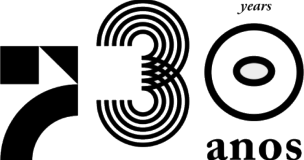Investigador Integrado é o convidado de Abril da série de colóquios promovidos pela Society for Music Analysis

O Coordenador Científico do CEIS20 e investigador integrado no Grupo 4 – Correntes Artísticas e Movimentos Intelectuais, José Oliveira Martins, apresentará hoje, dia 6, entre as 18h30 e as 20h, a comunicação intitulada “Harmonic imagination and register relations in twentieth-century music: altered octaves and the modelling of pitch-space qualities.”
A Society for Music Analysis é uma das mais relevantes Sociedades no campo da Musicologia/Análise Musical na Europa.
Clique aqui para aceder ao link da sessão Zoom.
Saiba mais no website da SMA.
Abstract
This talk addresses some lasting interpretative issues about the qualities of pitch space shaped by the use of extended chordal and layered structures in twentieth-century musical modernism. These pitch processes frequently use a wide-register range and give rise to complex harmonic processes, in which register relations do not easily conform to a single coherent pitch-space quality. A significant feature of the harmonic complexity is that register relations frequently undermine (partially or integrally) perfect-octave relations, and privilege instead altered-octaves. In this talk, I argue that the interpretation of these features calls into question the pertinence of the established (and practically undisputed) dichotomy between pitch and pitch-class properties. My argument is not to question these pitch and pitch-class as abstract theoretical entities, but rather to question the capacity of the dichotomy to appropriately serve as analytical frameworks for the modelling of pitch delineation processes, register relations, and the experience of the harmonic qualities of those spaces. Ultimately, I argue that such dichotomy hinders both the phenomenological experience of layered harmony, especially pertinent in instances of hybrid-space qualities, and a flexible theoretical framework for conceiving pitch-space relations in some of twentieth-century’s complex harmonies.





